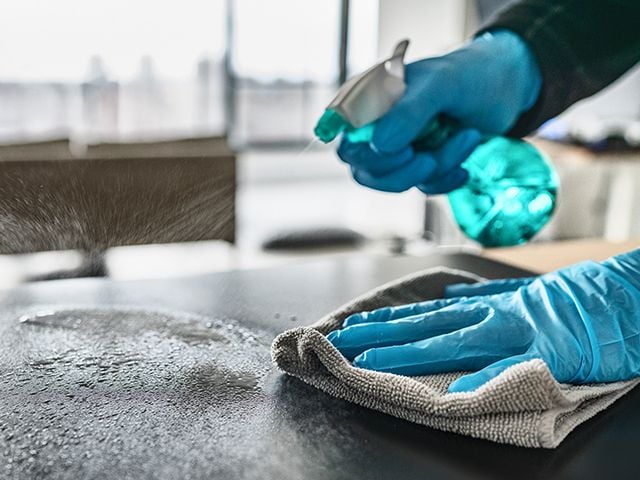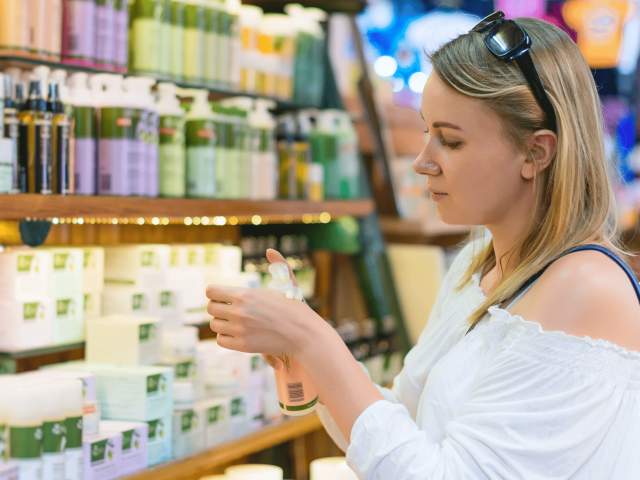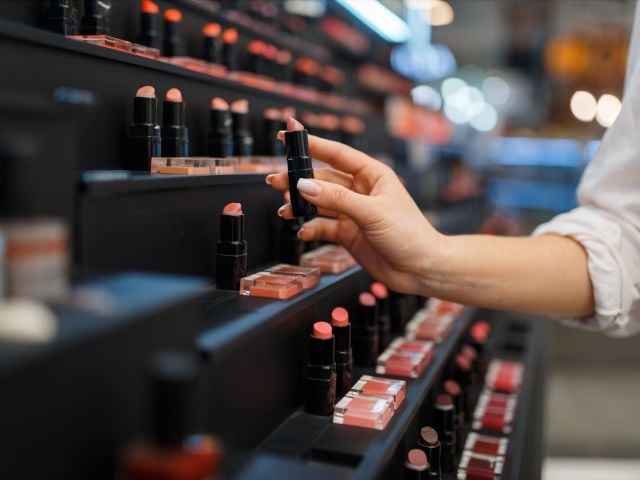WASHINGTON – A peer-reviewed study by Environmental Working Group scientists has found unsettling details about the potential health risks of common household cleaning products.
The study, published today in Chemosphere, analyzed 30 cleaning products, including multipurpose and glass cleaners, air fresheners and more. The study revealed that these everyday products may release hundreds of hazardous volatile organic compounds, known as VOCs.
Researchers tested both conventional products and “green” cleaning products and detected a total of 530 unique VOCs in the 30 products. Of these, 193 VOCs were hazardous – identified as having the potential to cause health harms such as respiratory system damage, increased cancer risk and developmental and reproductive impacts.
VOCs in cleaning products affect the quality of air both indoors and outdoors. But they contaminate indoor air two to five times more than outdoor air, with some estimates putting it as high as 10 times more. Some products emit VOCs for days, weeks or even months.
“This study is a wake-up call for consumers, researchers and regulators to be more aware of the potential risks associated with the numerous chemicals entering our indoor air,” said Alexis Temkin, Ph.D., a senior toxicologist at EWG.
“Our findings emphasize a way to reduce exposure to hazardous VOCs – by selecting products that are ‘green,’ especially those that are ‘green’ and ‘fragrance free,’” she said.
The study concluded that products labeled “green” emitted fewer VOCs, compared to conventional products – about half the number, on average. The green products categorized as “fragrance free” also produced the fewest VOC emissions – nearly eight times fewer than conventional and four times fewer than green products that included fragrance on their label.
That pattern also held true for the number of VOCs considered hazardous in the products. The green products emitted just four chemicals classified as hazardous, on average, compared to about 15 in green products with fragrance and 22 for conventional products.
This suggests that choosing green, or green and fragrance free, cleaning products could be prudent for consumers concerned about indoor air quality and potential health risks.
Effects of VOC hazards
VOCs’ health harms are especially concerning because of how many Americans may be exposed to them in the workplace.
Research shows people working in the cleaning industry have a 50 percent higher risk of developing asthma and a 43 percent higher risk of chronic obstructive pulmonary disease. Women working in this field also face an increased risk of lung cancer.
Children’s health may also be at risk. Some studies show that higher use of certain indoor cleaners in utero and in infancy is associated with a greater risk of asthma and wheezing in childhood.
“These cleaning products may hurt our health, but they may also harm the environment,” said Samara Geller, EWG senior director of cleaning science.
The study’s results carry implications not only for human health but also for environmental health. VOCs emitted by consumer products can contribute to outdoor air pollution, adding to existing environmental concerns. A study from 2018 estimated that half of the VOCs responsible for air pollution stem from consumer products.
“Going green with your cleaning products is an easy way to reduce exposure to harmful chemicals. This may be especially important for women’s and children's health,” said Geller.
Cleaning greener
Consumers who want to reduce their exposure to potentially harmful VOCs can look for products carrying robust third-party certifications, including the EWG VERIFIED® mark. They’re formulated to be safer for human health and the environment.
When buying cleaning products, choose fragrance-free options. Ventilate areas you’re cleaning and spray products directly into a sponge or cloth, whenever possible.
Note: EWG bought the products tested in the study between December 2019 and May 2022 and the test results reflect the product formulations of the products at the time of the purchase. EWG knows that some of the formulations tested might be now discontinued or reformulated.
The currently available products may not be the same formulations as the products tested and some products may have been discontinued.
A September 2023 EWG review of products tested indicates that four products are no longer available on company websites, including Febreze One, bamboo; Attitude Sensitive Skin Natural All-Purpose Cleaning with Colloidal Oatmeal; Babyganics Floor Cleaning Concentration, Fragrance-Free; and Martha Stewart Premium Wood and Floor Cleaner.
###
The Environmental Working Group (EWG) is a nonprofit, non-partisan organization that empowers people to live healthier lives in a healthier environment. Through research, advocacy and unique education tools, EWG drives consumer choice and civic action.



